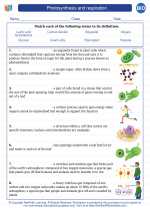The Sea: An Introduction
The sea, also known as the ocean, covers about 71% of the Earth's surface and plays a vital role in the planet's ecosystem. It is home to a diverse range of marine life and influences weather patterns, climate, and the overall balance of the Earth's environment.
Key Concepts
- Composition: The sea is composed of saltwater, primarily containing dissolved salts such as sodium and chloride.
- Marine Life: The sea is teeming with a wide variety of organisms including fish, marine mammals, invertebrates, and phytoplankton.
- Physical Features: The sea exhibits various physical features such as tides, waves, currents, and different zones like the littoral zone, neritic zone, and oceanic zone.
- Ecological Importance: The sea plays a crucial role in regulating the Earth's climate and supporting the global food web.
- Human Impact: Human activities such as pollution, overfishing, and climate change significantly affect the health of the sea and its inhabitants.
Study Guide
1. Sea Composition
Study the chemical composition of seawater, including the major ions and salts present. Learn about the factors that influence the salinity of the sea and the impact of salinity on marine life.
2. Marine Life
Explore the diverse range of marine organisms found in the sea, including their adaptations to the marine environment, ecological roles, and conservation status. Focus on key species such as fish, whales, corals, and phytoplankton.
3. Physical Features
Understand the physical processes and features of the sea, such as tides, waves, and ocean currents. Learn about the different zones of the sea and the unique characteristics of each zone, including the organisms that inhabit them.
4. Ecological Importance
Examine the ecological significance of the sea, including its role in the carbon cycle, climate regulation, and food production. Explore the concept of marine ecosystems and the interconnectedness of marine organisms.
5. Human Impact
Investigate the various ways in which human activities impact the sea, including pollution, overfishing, habitat destruction, and climate change. Consider the potential solutions and strategies for sustainable management of marine resources.
By understanding these key concepts and engaging with the study guide, you will develop a comprehensive knowledge of the sea and its importance to the planet.
.◂Biology Worksheets and Study Guides High School. Photosynthesis and respiration
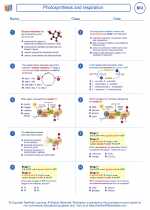
 Worksheet/Answer key
Worksheet/Answer key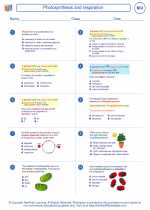
 Worksheet/Answer key
Worksheet/Answer key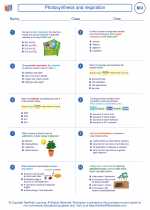
 Worksheet/Answer key
Worksheet/Answer key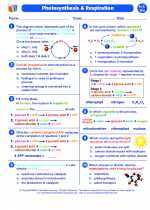
 Vocabulary/Answer key
Vocabulary/Answer key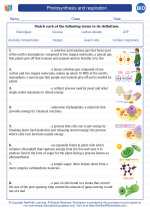
 Vocabulary/Answer key
Vocabulary/Answer key